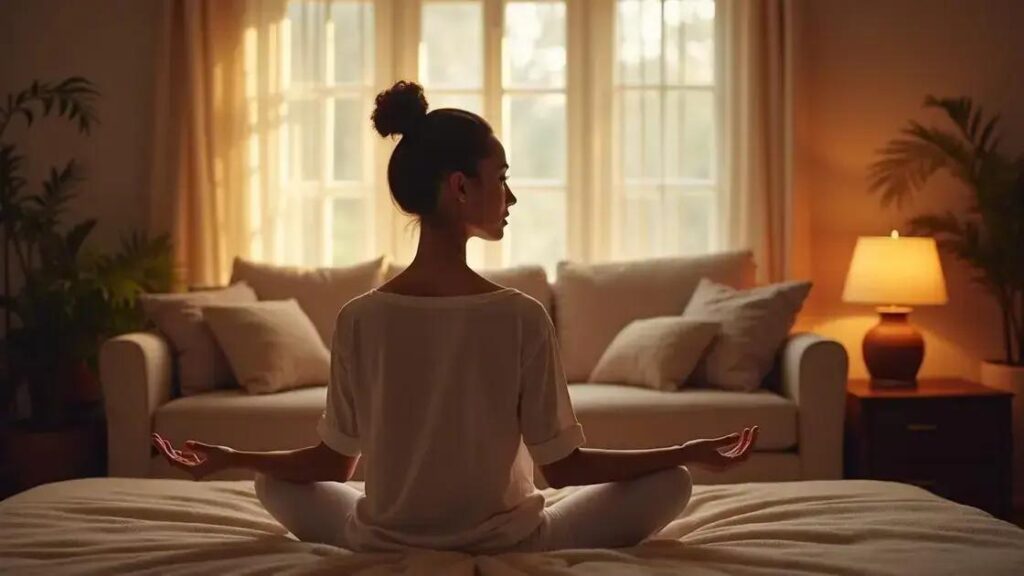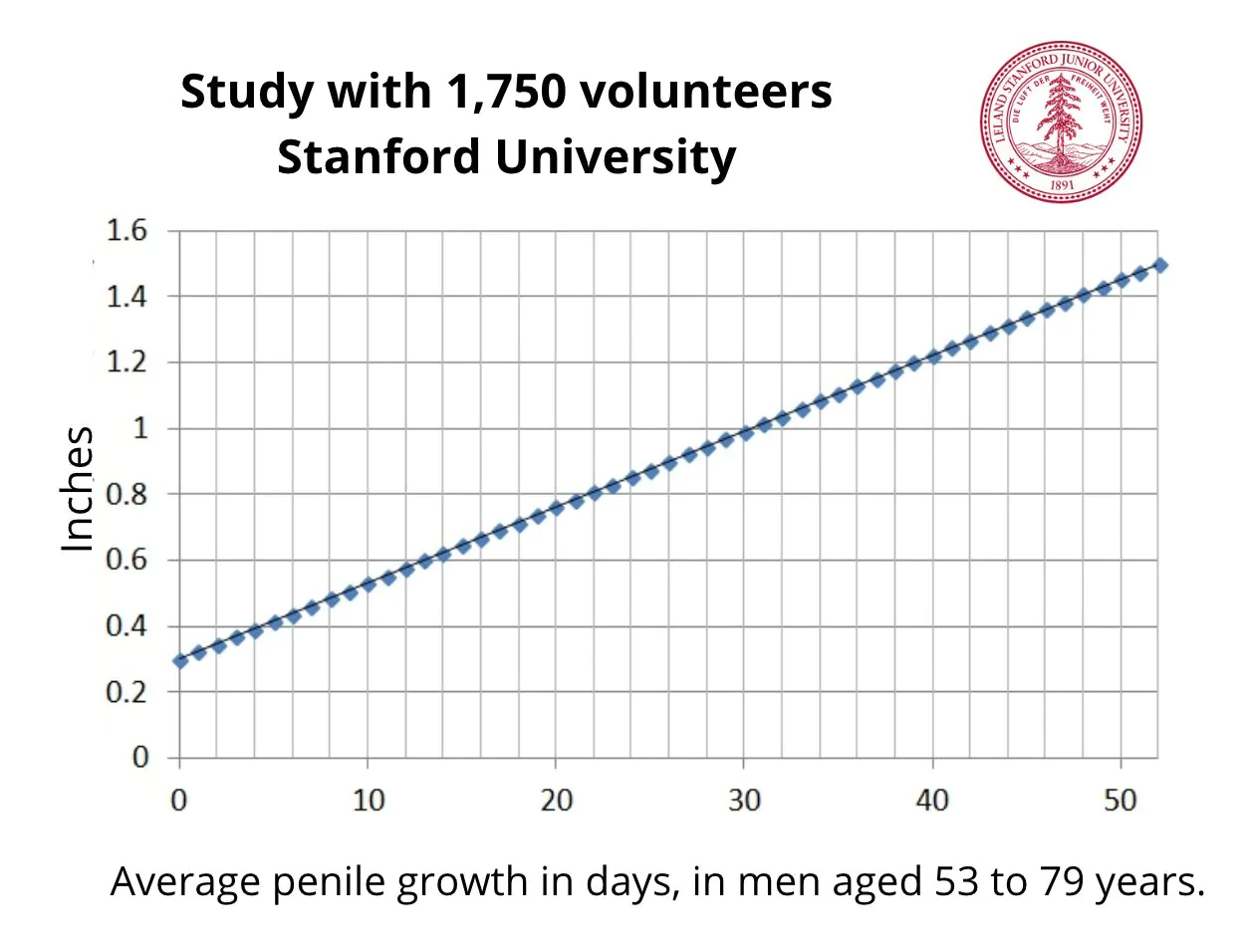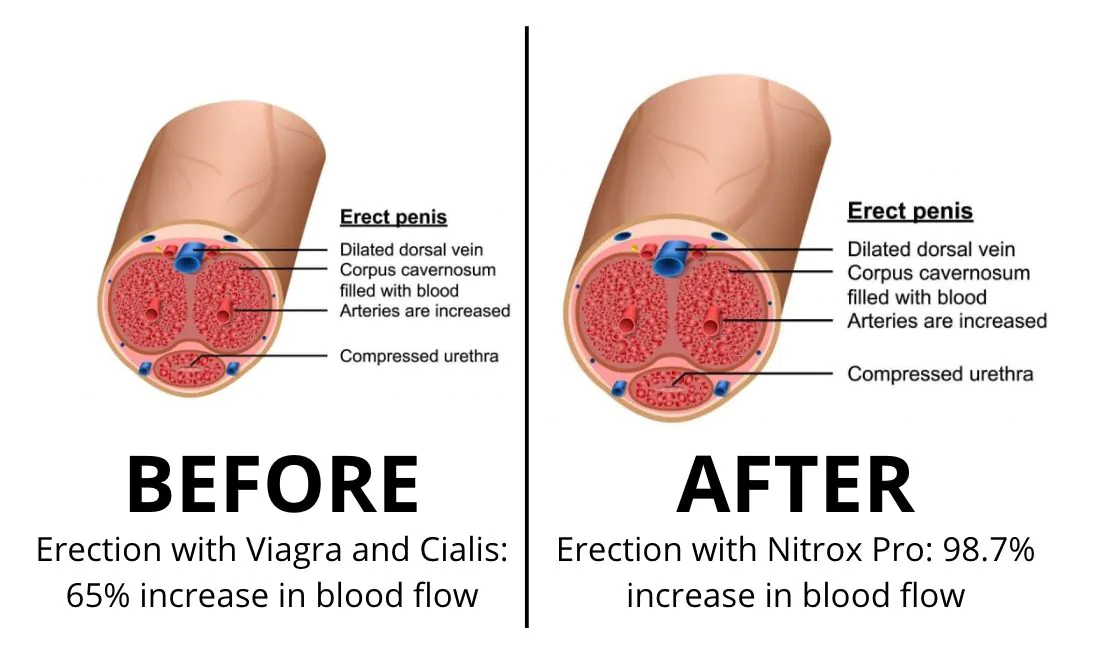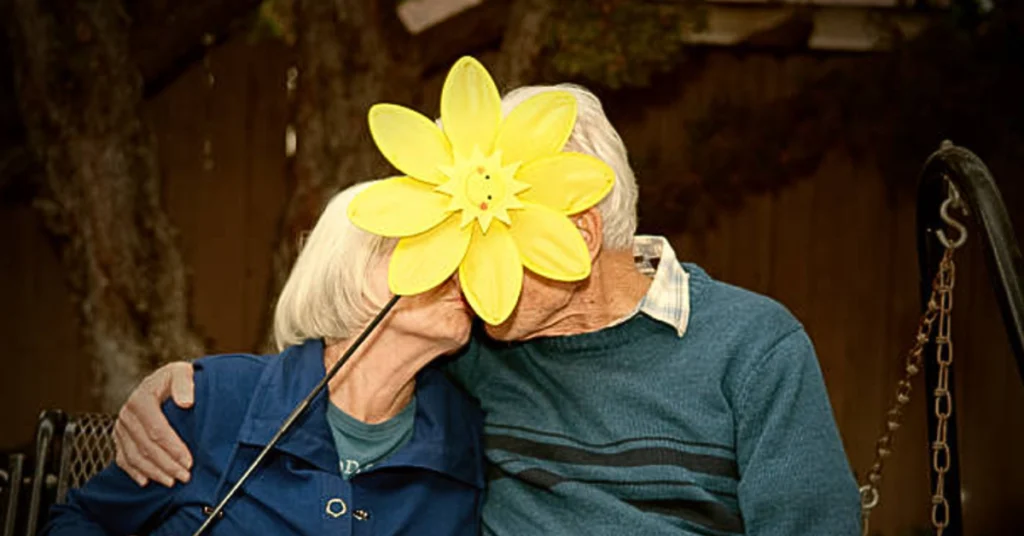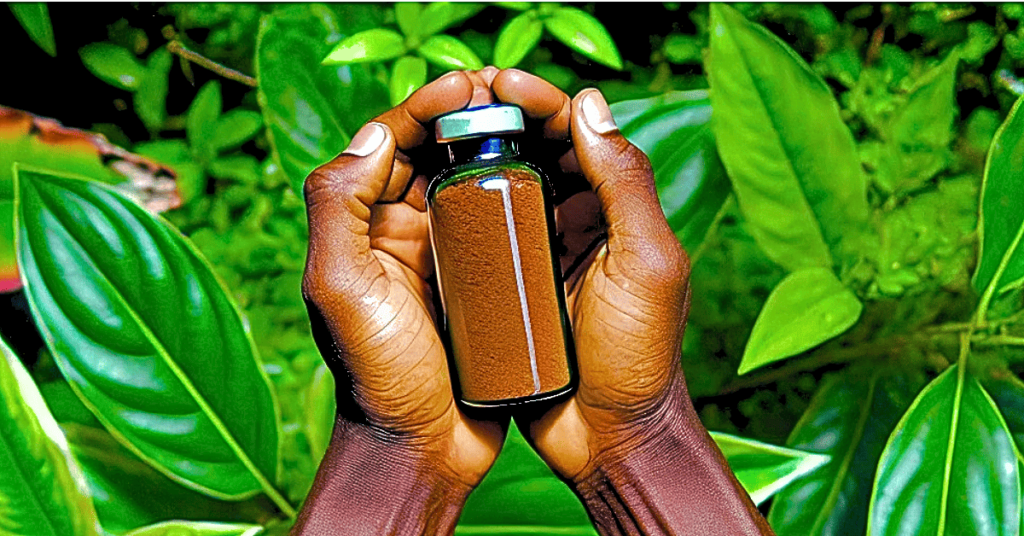Creating a personalized relaxation routine involves understanding the importance of relaxation, identifying your needs, incorporating mindfulness techniques, and regularly evaluating and adjusting your routine to effectively manage stress and enhance overall well-being.
Creating a personalized relaxation routine is essential for mental and physical well-being. In today’s fast-paced world, finding effective ways to unwind can lead to improved health and happiness. This article will guide you through understanding the importance of relaxation, the steps to create a tailored routine, incorporating mindfulness techniques, and evaluating how well it works for you in your everyday life.
Understanding the Importance of Relaxation
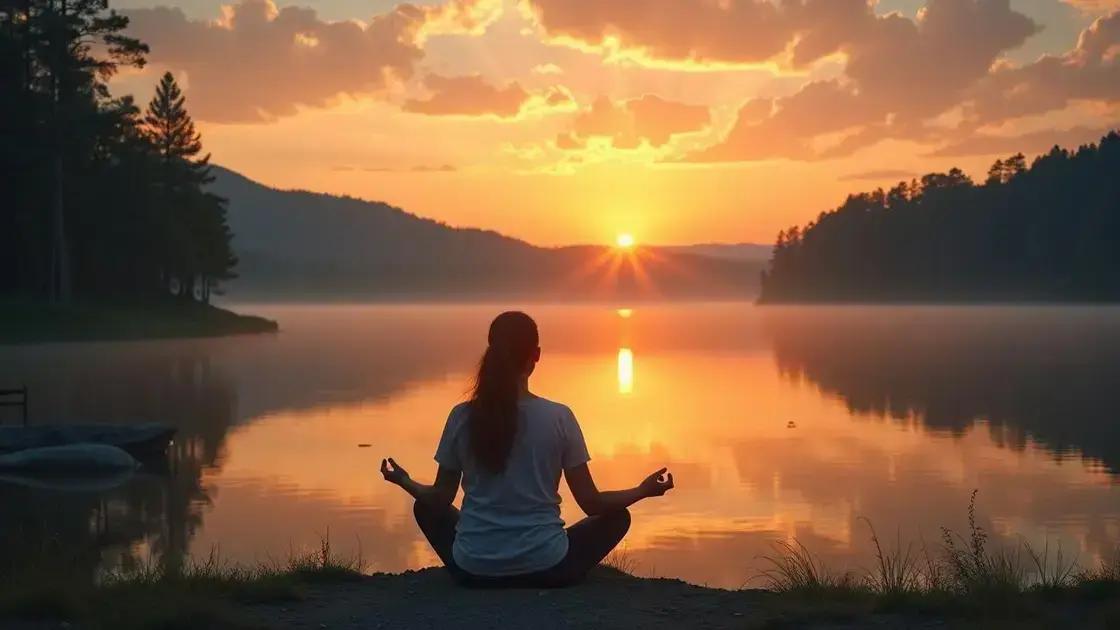
Relaxation is an essential part of maintaining mental and physical health. It helps reduce stress, promotes better sleep, and enhances overall well-being. When you take the time to relax, your body can recover from daily stressors.
The Science Behind Relaxation
Studies show that relaxation activates the body’s parasympathetic nervous system. This system counteracts the stress response, leading to lower blood pressure and heart rates. Relaxation can significantly improve mood, reducing feelings of anxiety and depression.
Why We Often Overlook Relaxation
Many people overlook relaxation in their busy lives. Work, family, and social obligations can make it challenging to carve out time for ourselves. However, understanding that relaxation is not a luxury but a necessity can change your approach to daily life.
The Link Between Relaxation and Productivity
When we prioritize relaxation, we can actually boost our productivity. Taking breaks helps us recharge, enabling us to focus better and think more creatively. Open your mind to the possibility that taking time to relax can also lead to greater achievements.
Finding Your Personal Importance of Relaxation
Recognizing the importance of relaxation varies for each person. Some may benefit from meditation, while others find peace through nature walks or reading. Discover what relaxation means to you and make it a consistent part of your routine.
Steps to Create Your Routine
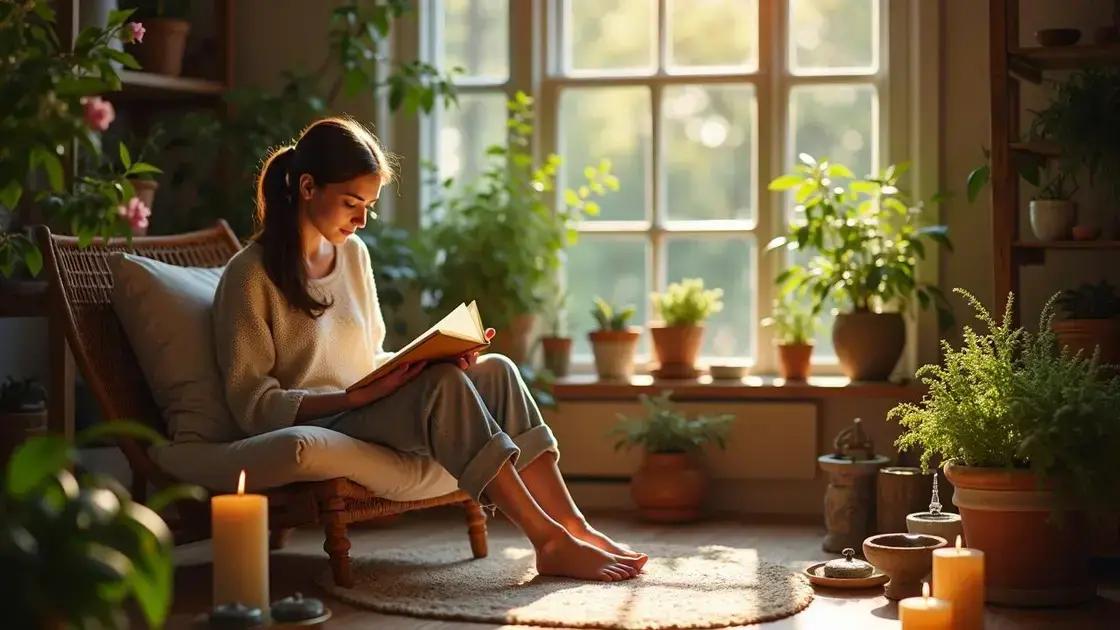
Creating your own personalized relaxation routine involves several steps. Begin by assessing your current lifestyle. Identify when you usually feel stressed and consider how your schedule can accommodate relaxation time.
Step 1: Identify Your Relaxation Needs
Take some time to reflect on how you currently unwind. What activities make you feel relaxed? Is it reading, meditating, or perhaps a warm bath? Write down these activities to see what resonates most with you.
Step 2: Choose the Right Time
Select a specific time each day that you can dedicate to relaxation. This might be in the morning before your day starts, during your lunch break, or in the evening. Consistency is key to forming a habit.
Step 3: Set the Mood
Creating a comfortable environment can enhance your relaxation routine. Use soft lighting, calming scents like lavender, or quiet music to create a peaceful atmosphere. Make sure your space is free from distractions.
Step 4: Start Small and Build Up
When starting your routine, keep it simple. Try dedicating just 5 to 10 minutes to your chosen activity. As you become more comfortable, gradually increase the time and incorporate additional relaxation techniques.
Step 5: Monitor Your Progress
Keep track of how the routine makes you feel. Note any improvements in your mood or productivity. Adjustments can be made depending on what works best for you, ensuring a routine that truly meets your needs.
Incorporating Mindfulness Techniques
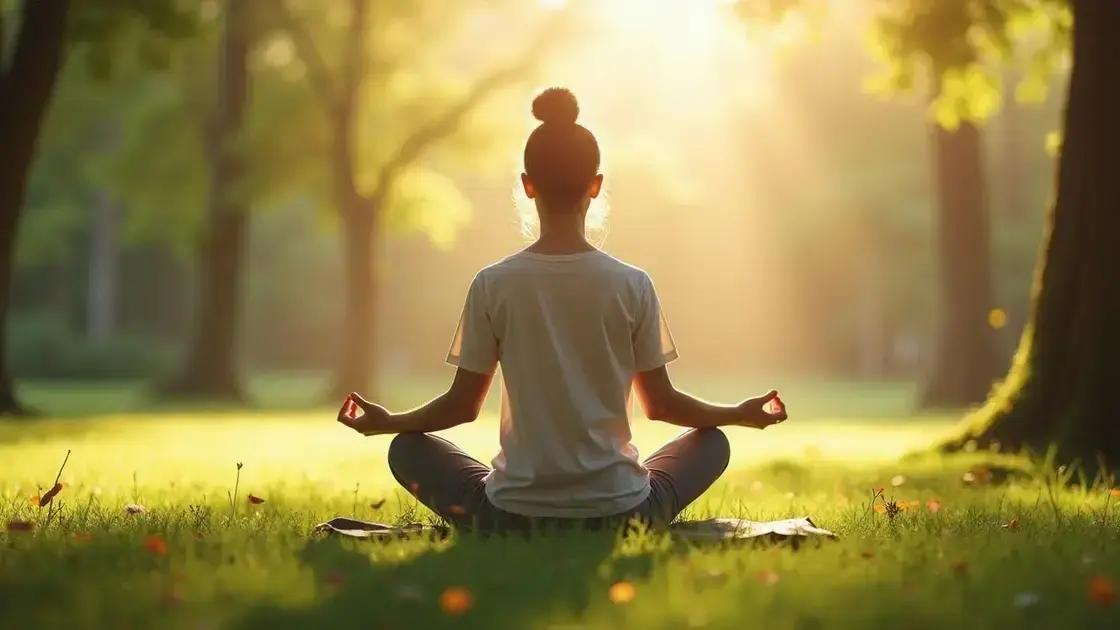
Incorporating mindfulness techniques can greatly enhance your relaxation routine. Mindfulness helps you stay present and grounded, reducing stress and anxiety. Here are some effective ways to add mindfulness to your routine.
Practice Deep Breathing
Deep breathing is a simple but powerful mindfulness technique. Begin by sitting or lying down comfortably. Close your eyes and take a deep breath in through your nose. Hold it for a few seconds, then exhale slowly through your mouth. Repeat this process several times, focusing solely on your breath.
Engage in Mindful Meditation
Mindful meditation encourages you to observe your thoughts without judgment. Set aside a few minutes daily to meditate. Find a quiet place, focus on your breath, and let go of distracting thoughts. If your mind wanders, gently guide it back to your breathing.
Use Guided Imagery
Guided imagery involves visualizing a peaceful scene to promote relaxation. Close your eyes and imagine a calming environment like a beach or a forest. Picture every detail, from the sounds to the scents, allowing this imagery to transport you away from stress.
Incorporate Mindful Movement
Mindful movement practices, such as yoga or tai chi, blend physical activity with mindfulness. While doing these activities, focus entirely on your body and breathing. Notice how your body feels with each movement. This promotes a deeper connection with yourself and enhances relaxation.
Utilize Gratitude Journaling
Another effective technique is gratitude journaling. Spend a few minutes each day writing down things you are thankful for. Focusing on positive aspects of your life can shift your mindset and reduce stress. This practice helps maintain a positive outlook, making relaxation easier.
Evaluating and Adjusting Your Routine
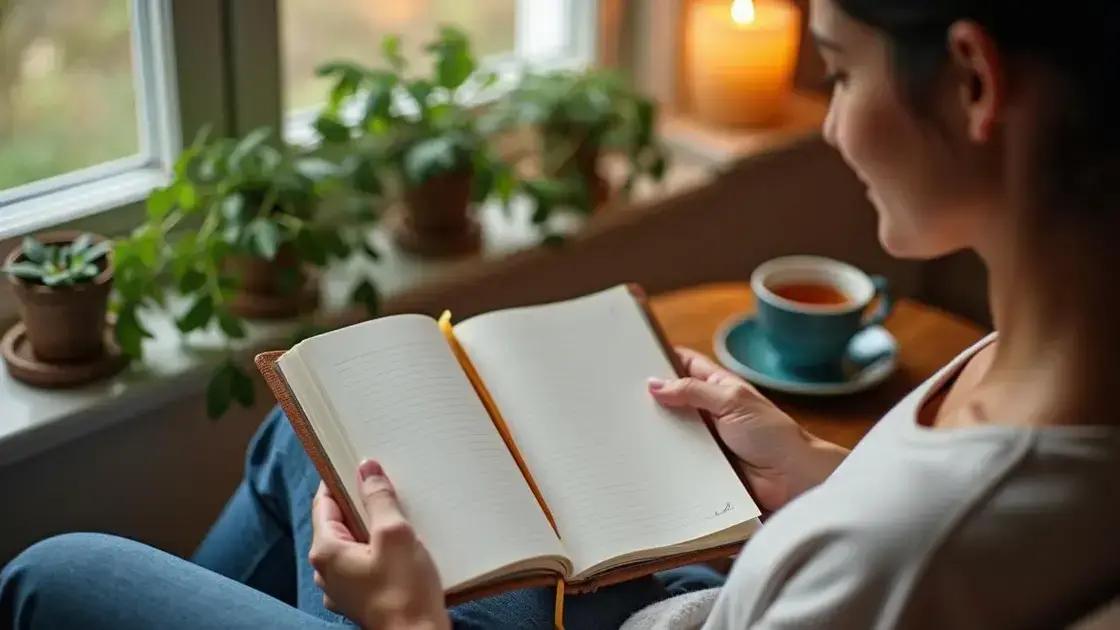
Evaluating and adjusting your relaxation routine is crucial for finding what works best for you. Here are some effective strategies to assess your progress and make necessary changes.
Track Your Feelings
Keep a journal to track how you feel before and after your relaxation sessions. Write down any changes in mood, stress levels, or physical tension. This diary will help you identify what techniques are beneficial and which may need to be modified or replaced.
Set Regular Check-Ins
Schedule regular check-ins with yourself, perhaps weekly or monthly. During these times, evaluate how well your routine fits into your life. Are you able to stick to it? Does it still relieve your stress? Adjust your schedule or techniques if you’re finding that your current routine isn’t effective anymore.
Be Open to Experimentation
It’s important to remain open to trying new relaxation techniques. If something isn’t working, don’t be afraid to change it. Experiment with different activities until you find what resonates with you. This may include adjusting the time of day you relax or adding new practices like art or music therapy.
Solicit Feedback
Sharing your relaxation goals and techniques with friends or family can also provide insights. Ask them how you seem emotionally and physically. Sometimes, others can notice changes in you that you might overlook.
Stay Flexible
Your needs may change over time due to various factors such as stress levels, work demands, or personal life. Allow your relaxation routine to evolve with you. A routine that worked six months ago might not be as effective today, so be adaptative to its changes.
Creating Your Perfect Relaxation Routine
Developing a personalized relaxation routine is a journey that requires self-awareness and dedication. By understanding the importance of relaxation and incorporating various techniques, such as mindfulness and structured methods, you can significantly improve your overall well-being.
Evaluating and adjusting your routine ensures that it remains effective and aligned with your life’s changes. Embrace the flexibility to explore new methods and refine your approach as necessary.
Ultimately, prioritizing your relaxation will lead to a more balanced and fulfilling life, equipping you with the tools to manage stress and enjoy each moment more fully.
FAQ – Frequently Asked Questions about Creating a Personalized Relaxation Routine
Why is relaxation important?
Relaxation helps reduce stress, improves mental clarity, and promotes overall well-being, making it essential for a balanced lifestyle.
How do I start creating my relaxation routine?
Begin by identifying your relaxation needs, selecting the right time, setting the mood, and starting with small, manageable activities.
What mindfulness techniques can I incorporate into my routine?
Techniques such as deep breathing, mindful meditation, guided imagery, and mindful movement can enhance your relaxation practice.
How can I evaluate if my relaxation routine is working?
Keep a journal to track your feelings before and after relaxation sessions, and conduct regular check-ins to assess its effectiveness.
What should I do if my routine isn’t effective anymore?
Stay open to experimentation and be adaptable; try new techniques or adjust your current practices to better suit your needs.
How often should I adjust my relaxation routine?
It’s good to review and adjust your routine regularly, especially during times of significant life changes or increased stress.

